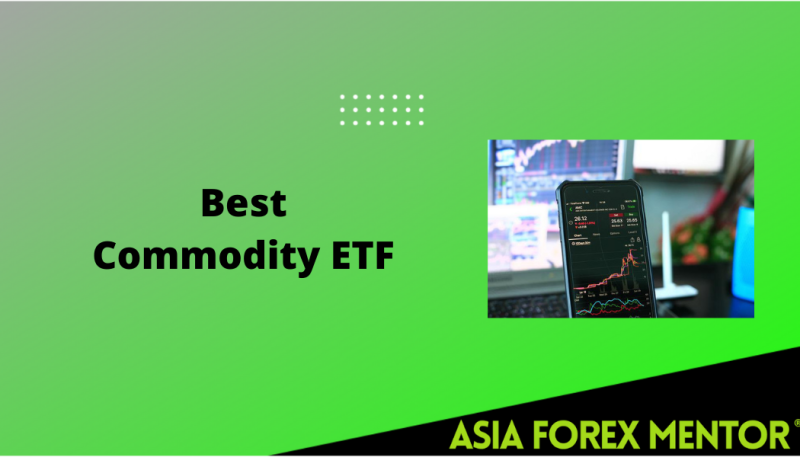
Also Read: 3 Types of Exchange-Traded Products
Contents
- What are ETFs (Exchange-traded Fund)?
- How do ETFs work?
- Types of ETFs
- Best Commodities ETFs
- Conclusion
- FAQs
What are ETFs (Exchange-traded Fund)?
An ETF, or exchange-traded fund, is a pool of securities such as bonds and stocks. ETFs allow you to buy a large number of assets simultaneously, and they frequently have cheaper charges than some other kinds of investments. ETFs are also easier to trade.
However, Index funds, like any other mutual fund, are not a one in all fix. Examine each according to their own strengths, taking into account administration charges and commission fees, ease of purchase and sale, and financial potential.
How do ETFs work?
The assets held are owned by the money supplier, who then creates a finance to monitor their progress and distributes shares in the money to shareholders.
ETF's owners own a piece of company, but not the financial asset. Nonetheless, buyers in an Index fund who monitors a stock market index may receive bulk cash dividends or retention for the stock's equities.

Although ETFs are supposed to monitor the worth of an underlying security or indexes like a commodity such as precious metals or a mix of companies like the Standard and Poor's 500, EFTs operate at market decided values that are typically not the same as the asset.
Furthermore, due to factors such as expenditures, an ETF's long-term profits will differ from that of the its financial commodity.
Types of ETFs
Exchange traded funds move like securities, they are more closely related to managed investment funds, and index funds in relation to key securities and investing objectives.
A few typical forms of ETFs are shown here; keep in mind that these classifications aren't absolutely limited.
Stock ETFs
These are equities that are often intended for long-term profit. Although they are more safe when compared individual stocks, they are riskier than a couple of the other options mentioned, such as bond exchange traded funds.
Bond ETFs
Bond Funds, distinct from traditional bonds, do not have a maturity period, hence they are most commonly used to produce continuous cash distributions to investors.
These transactions are paid from the interest earned by the stock's individual bonds. Bond ETFs might be a great low-risk alternative to stock ETFs.
International ETFs
Foreign equities, as well as United States bonds and stocks, are commonly advised for diversifying an investment.
Foreign ETFs are a convenient, and usually less a dangerous method to invest in overseas markets. Individual nations or particular country confederations may be included in such ETFs.
Sector ETFs
Sector ETFs allow you to buy in specific firms inside certain industries, such as health care, finance, or manufacturing.
These are particularly valuable for shareholders watching economic cycles, because some industries perform much better in expansions and the others function effectively during contractions.
These have a greater risk profile than wide ranging Funds. Sector ETFs, like gold ETFs or cannabis ETFs, can provide your investment coverage to an area that interests you while reducing the risk of buying in a specific business.
Commodity ETFs
An exchange-traded fund (ETF) that invests in physical commodities is known as a commodity ETF. Natural resources, precious metals, and agricultural goods are examples of these commodities.
Although most exchange traded funds are focused on a single commodity, the method they are financed might differ. Some people invest in physical storage, futures contracts, or indexes to monitor the progress of their commodities.
Commodity ETFs are effective in expanding prominence because they provide rookie investors with a low-cost, low-risk method to participate in the commodities game.
Generally, when you buy in a commodities exchange traded funds, you are not purchasing the tangible commodity. Rather, you're putting your money into contracts (eg futures contracts) backed by the asset. Commodity funds frequently build their own index values since commodities are so distinct from other forms of equities.
The 4 Types Of Commodity ETFs
You should really be acquainted with the four basic types of commodities ETFs. Each sort of investment, like usual, has benefits and cons. Your decision will be based on your unique investment objectives, spending plan, and asset allocation.
Equity ETFs
Commodity funds are mutual funds that buy into businesses that manufacture, convey, or keep commodities. These are known as equity-based products or equity exchange-traded funds (ETFs).
These funds offer buyers to have exposure to a certain industry or many firms at a lower cost than investing directly in the company.
This also allows you to indirectly buy in commodities. By dealing in an equity fund, you can escape the dangers related to physical and futures contracts commodities ETFs.
In addition, the expense ratios of equities funds are often lower. One drawback of equities ETFs is that they separate the buyer from the commodity by a tier.
Exchange-Traded Notes
Exchange-traded notes, or ETNs, are another form of commodities ETF. These are outstanding loans that have a maturity date and are provided and guaranteed by a bank.
ETNs buy in bonds, stocks, and futures contracts to mirror the profits of an asset. Whenever the ETN is traded, the investor just needs to pay capital gains tax, thus this is an excellent alternative if you're seeking a simpler taxation system. Before investing in ETNs, do your homework and assess the bank's creditworthiness.
Physically-Backed Funds
Physically-backed ETFs, as you could expect, including physical commodities in their portfolios. These are currently confined to precious metals. Both monitoring and financial intermediaries are eliminated when a commodity is held physically.
Futures-Based Funds
The most common kind of commodities ETF is futures-based funds. These ETFs trade in a basket of forwards, futures contracts, and swaps on the commodities they are named after.
Investors like not needing to cover the expense of owning, keeping, or protecting the commodity. You should, nevertheless, be cautious of the dangers connected with futures contracts.
Also Read: What Are Indices?
Best Commodities ETFs
iShares Silver Trust
Just like the gold commodity, silver is similar in various manners. The iShares Silver Trust is a well-known commodity fund that keeps physical silver. iShares (SLV $22.40) has over $13 billion worth of silver assets under its management and it spends 0.50% on expenses as well.
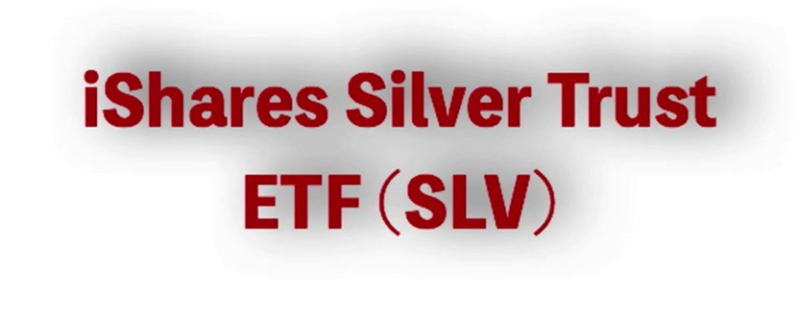
It is known that silver and gold are both hard assets with quite some attraction and popularity. However, silver trades for only a fraction of gold; which means that gold has more range and price than silver does. Silver’s trading range compared to gold is a low double-digit per ounce while gold trades at $1,900 per ounce. The popularity of silver encompasses various applications in commercials like chemicals and electronics.
VanEck Vectors Gold Miners ETF
VanEck Vectors Gold Miners (GDX) is a fund commodity that focuses on the gold miners that manage gold reserves and are traded publicly. Miners have the responsibility of worrying about the cost input and efficiency of the mine asides from the benefit of a rise in gold.
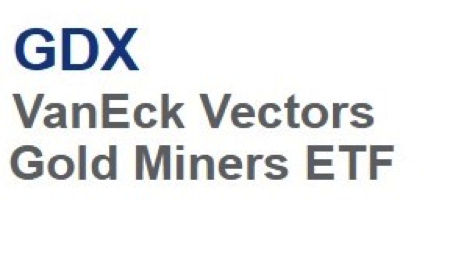
It is possible that this fund performs well or performs worse under different market conditions. GDX might be the way to go for investors who wants a hedge through precious metals.
Aberdeen Standard Physical Platinum Shares ETF
Aberdeen is a fund sponsor and asset manager that operates in a small range with a few subsidiaries. One of them is Aberdeen Standard Physical Platinum Shares (PPLT) with a rate of $98.35 per ounce. Investors have direct access to physical platinum and the commodity ETF has over $1 billion worth of assets under its management. Platinum is not a common hard asset and it is more valuable than gold.
Along with other commodities, platinum has been moving up in price with a 9.4% worth each year. Investors looking towards a unique metal instead of a precious one should give platinum a chance as the assert looks promising.
Invesco Optimum Yield Diversified Commodity Strategy No K-1 ETF
This is a part of the Invesco corporation and an associate of the DBC commodity fund. With over $6 billion worth of assets under its management, the ETF follows the same strategy as DBC.
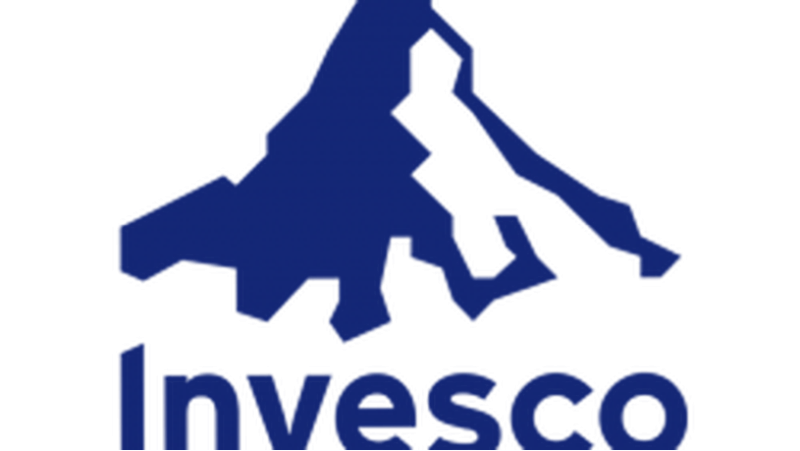
The distinction between the two is that investors in Optimum Yield Diversified Commodity track raw materials using a complex structure. This structure is meant to serve the purpose of avoiding the dreaded K-1 tax forms that seem to be disturbing. Investors looking to sidestep tax paperwork can turn to the commodity fund.
SPDR Gold Trust
It is known that gold is one of the most valuable assets an individual can acquire. Gold is also very popular among every hard asset in the world. SPDR Gold Trust is the best way to engage in gold as the company monitors the performance of the bullion price of gold. SPDR (GLD $176.55) also manages $62.2 billion worth of gold assets. On every $10,000 made as an investment, the company spends $40/0.40% on expenses per annum.
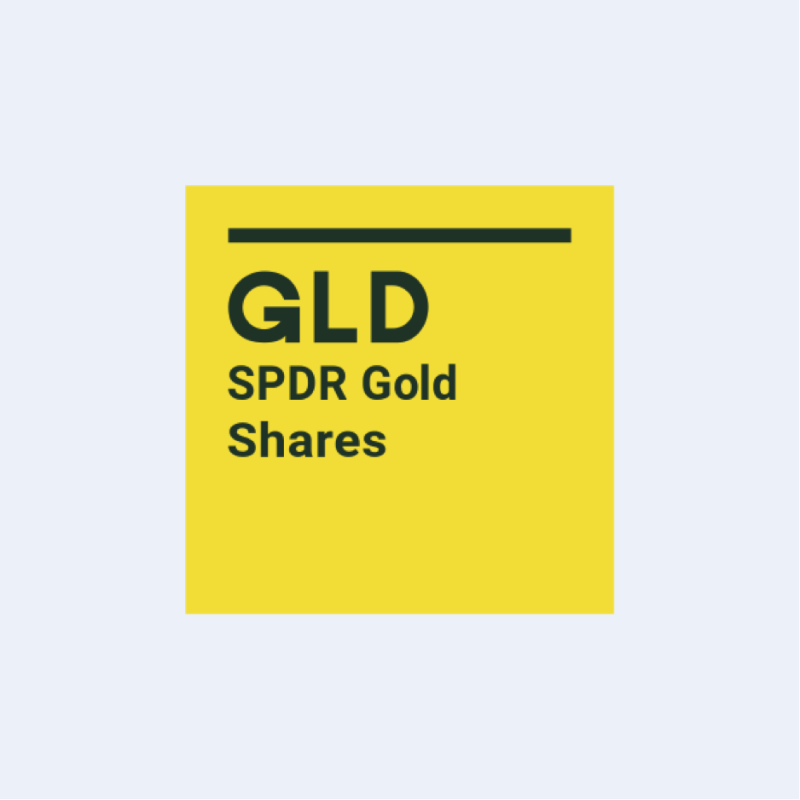
GLD is said to be the best and more established in this case the gold commodity fund manages over $62 billion worth of gold assets. This company underperforms the equities market in a wider scope by 9.5% given a 12-month duration. With the trend of inflation going on, the gold fund is set to be the hedge that would stand that rise in price.
Invesco DB Base Metals Fund
This fund comprises frequently used metals like zinc, copper, and aluminum. The ETF manages metal assets of about $592.1 million and gives exposure to investors about industrial demands. There are several possibilities of the metals going on and coming down through the various economic cycles we experience.
iShares GSCI Commodity Dynamic Roll Strategy ETF
This type of commodity fund takes a unique approach to a futures contract. iShares GSCI has about $3 billion worth of assets under its management. To get the best out of a pricing prospect, the company assesses the market thoroughly to avoid being glued to an expiration schedule. This ETF maximizes profits during the rollover of funds from one contract to the next by adding value.
iPath Bloomberg Commodity Index Total Return ETN
This commodity ETF has a little over $1 billion worth of assets in management and it is said to be smaller than commodity funds. Natural gas and crude oil seem to be high on the list of its portfolio even if they’re just 35% of the total asset. The ETF has been seen outperforming in the market with energy commodities and precious metals.
First Trust Global Tactical Commodity Strategy Fund
The FTGC is an active commodity fund that offers investors exposure to raw materials. Unlike the fixed index fund, investors tactically get more exposure to FTGC. The ETF is a more popular route to go if you aspire to settle in this sector as the company has almost $3 billion worth of assets in management.
The company holdings metals like aluminum, silver, gold, and copper. The flexibility of this company is what investors seek as it can switch to heavy energy commodities like agriculture and oil and gas.
Invesco DB Commodity Index Tracking Fund
The DBC tracking fund is one of the most diversified commodity ETFs there is. The fund is seeking to track commodity futures contracts that are heavily traded. Invesco goes for $23.47 per DBC; it has over $3 billion worth of assets under its management and spends 0.85% on expenses. DBC has over 50% of its possessions in holdings related to energy. Some of these are two forms of crude oil, gasoline, and low-sulfur diesel fuel.
Invesco DBC is currently in a good position in the market as inflationary pressures that causes the cost of raw materials to rise are good for the company. Also, the demand from users around the global economy favors Invesco. The shares of this company have gone up 40% in the last year which is a good sign for good revenue.
iShares S&P GSCI Commodity-Indexed Trust
With this commodity ETF, investors have an opportunity to look toward alternative bonds and stocks. The company holdings are related to future contracts in the energy industry. About 60% of the company’s asset has relations to commodities like natural gas and crude oil. The downside of focusing on one type of commodity is a loss that might arise when the market moves another way.
The United States 12 Month Oil Fund
Since fossil fuel commodities are the actively traded futures, the United States 12 Month Oil Fund is the way to go. The ETF is best for investors looking towards hedging risks or getting some short-term chance.
USL goes for $33.09 and it has about $146.4 million in assets under its management. The fund offers investors exposure to crude oil directly. With this fund, you can avoid the risks that you get to accumulate with the calendar futures contract.
KraneShares Global Carbon ETF
During the period of climate change, the carbon trading market has lots of activities to engage in. The KraneShares Global Carbon ETF is targeted to the Global Carbon Index of HIS Markit.

The commodity ETF is responsible for tracking cap-and-trade carbon allowances through emission exchanges that are key in the world.
Note that this is not just a fund that gives you a good impression of the environment. With the hostile climate regulations in Europe and nearby regions, there is more demand for carbon credits; thereby leading to KRBN going up 90%
Teucrium Corn Fund
Investors and individuals who are interested in getting exposure to agriculture should take on the Teucrium Corn Fund. This is a small fund – CORN is worth $23.38 and it has over $151 million in assets at its disposal. Since corn encompasses been used as just foodstuffs, investors are sure of a rise in the shares and stocks.
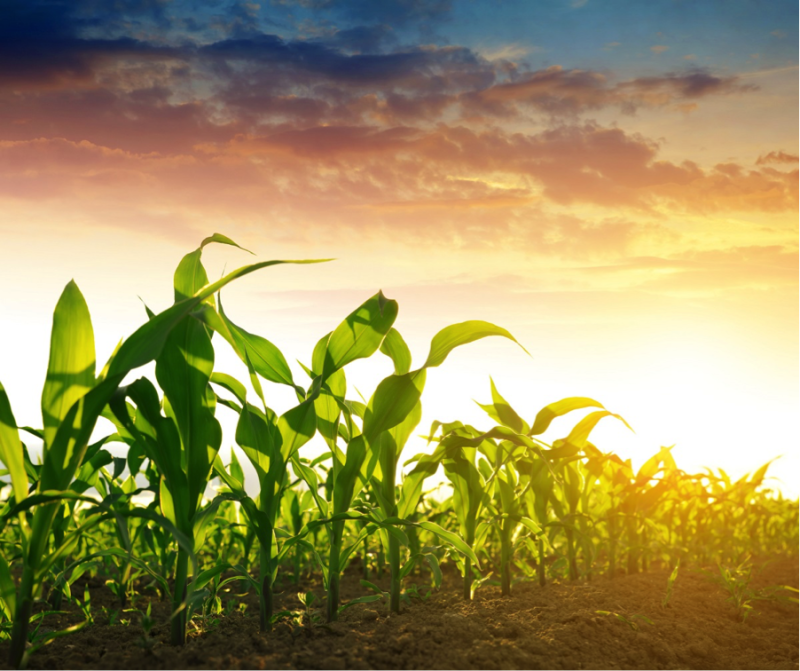
Conclusion
Most traders are looking to balance their portfolio, this is very possible with commodities ETFs. Proper research on the risk and benefits of these ETFs would help make better decisions.
FAQs
What commodity EFT is best?
BDRY, GRN, and KRBR are the commodities exchange trading funds with the greatest leading gains. Dry bulk futures contracts are the main holding from the first FTSE, whereas carbon trading futures contracts are the major holding in the 2nd and 3rd ETFs.
What is the most diversified commodity ETF?
Invesco is a large commodities exchange fund. Commodity index trackers from DB. Its goal is to keep track of over14 of the globe's most popular commodity derivatives contractual markets. This is accurate since DBC's assets contain more than 50% of the needed energy.
Are commodity ETFs worth it?
ETF stocks are a good choice for investors who want to hedge from losses in actual commodities including farm products, gold, and energy. Commodity ETFs have different components than other ETFs.
Does Vanguard have a commodity ETF?
The Vanguard Commodity Strategies fund seeks to offer broad commodities allocation as well as capital growth.

















